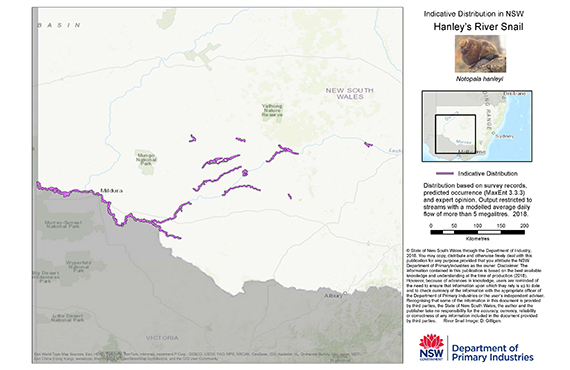
Hanley's River Snail
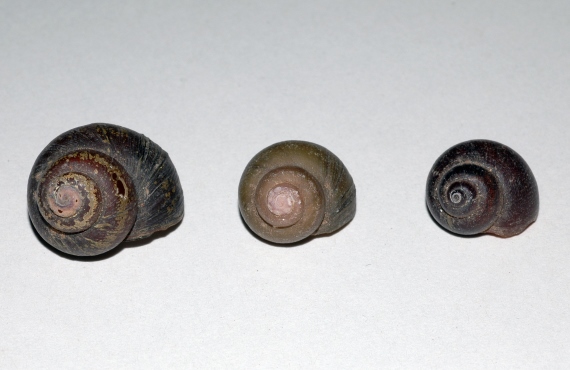
Scientific name
Notopala hanleyi
Status in NSW
Critically endangered.
Characteristics
Hanley’s River Snail is a freshwater snail with a round shell that ends in a conical spire. The outer shell is generally dark green but may also be greenish brown or dark brown. The body is similar to other snails but Hanley's River Snail possesses a prominent snout and short eye stalks on the outside of the tentacles.
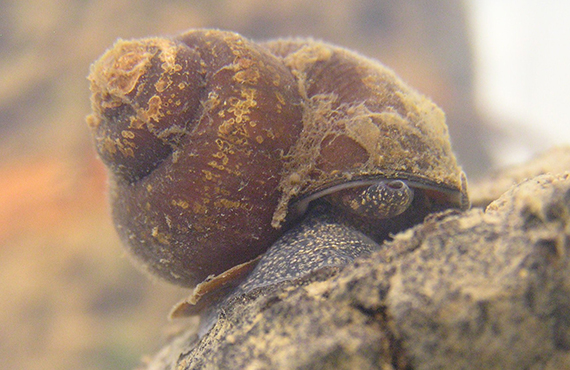
Species similar in appearance
Hanley’s River Snail can be confused with various other freshwater snail species, particularly Notopala sublineata (Darling River Snail). Prior to recent genetic and morphological analyses, Hanley’s River Snail and three other species of freshwater snails were considered to be subspecies of Notopala sublineata.
The main distinguishing feature between the Darling River Snail and Hanley's River Snail is their distribution. Hanley's River Snail is found in the Murray River catchment, including the Lachlan and Murrumbidgee Rivers, whereas the Darling River Snail is found in the Darling River catchment.
Size
They can grow to 20-25 mm in size.
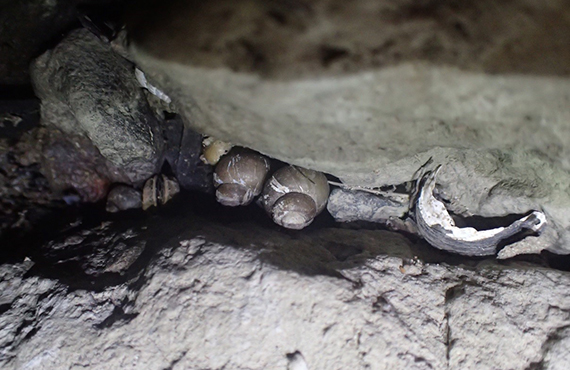
Distribution
Hanley’s River Snail was once common and widespread in the Murray River catchment, including the Lachlan and Murrumbidgee Rivers. They are now virtually extinct throughout their natural range and living specimens have only been found from within irrigation pipelines in South Australia and Far South-West NSW.
Habitat
The species once occurred in flowing, well-oxygenated waters throughout the Murray River catchment. Artificially introduced hard surfaces now provide habitat for the species with populations being recorded as surviving in irrigation pipelines. The pipeline environment is thought to promote microbial production and organic accumulation, which is a highly nutritious food source for the species.
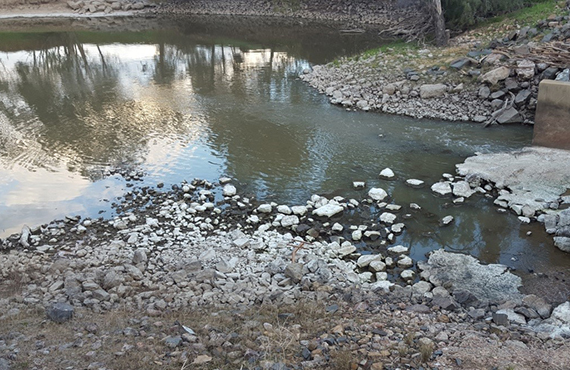
Why is the Hanley's River Snail threatened?
- Altered flow regimes (due to weirs and dams) have impacted food sources. The Darling River Snail is not able to thrive on low nutrient content provided by algae that grows in reduced flow conditions
- Habitat degradation and predation by the introduced Common Carp
- Deliberate removal (using flushing chemicals) from habitats where it may still survive such as town water supply pipelines on the Darling River
- Removal of large woody debris from rivers results in direct habitat loss for the species
- The species has limited opportunity to reinvade its previous habitat. The construction of navigation locks on the Murray River in the 1920s and 1930s transformed the lower Murray River, altering the hydrology, hydraulics, sedimentation rates and biofilm composition.

